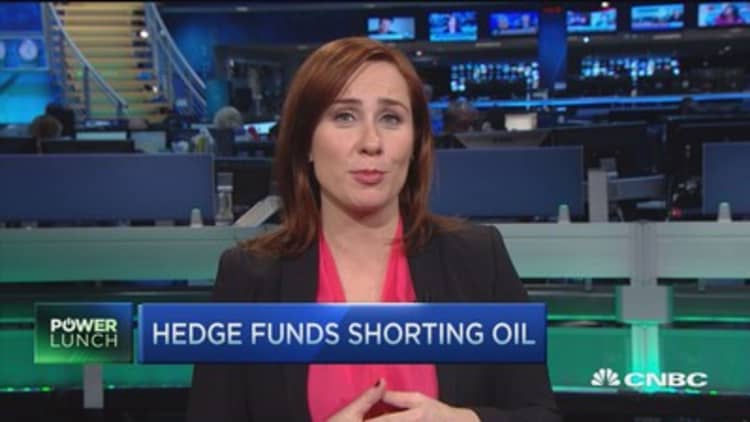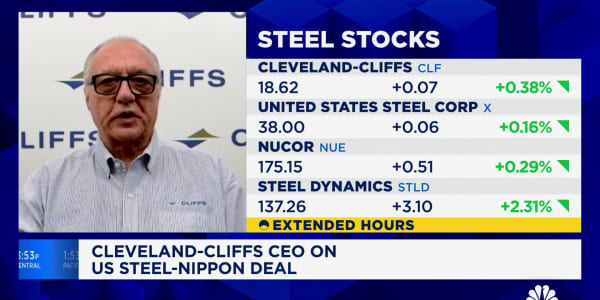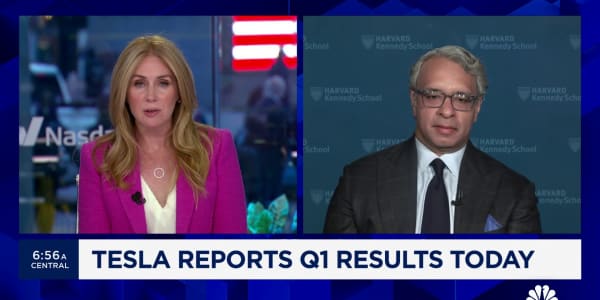
Higher domestic crude oil inventories, increased imports and continued robust drilling by U.S. companies are pushing oil prices down this week, a move that may be exacerbated if OPEC members hold the line on their aggressive production quota at Friday's semiannual gathering in Vienna.
Among oil market watchers, the consensus view — held by 100 percent of analysts and traders surveyed in a CNBC poll earlier this week — is that OPEC will decline to curb pumping activity at the meeting.
The gathering is expected to wrap up with a news conference by midmorning in U.S. markets. Given that expectation, a surprise OPEC cut would likely spur a crude rally — an unlikely, but possible, outcome.
Read More Cramer: Saudi Arabia could crush oil next year
"If they do something, the market could rally $20 on a knee jerk," said one commodity trader.
So while hedge fund and other major commodity market participants will watch closely for both the decision and the verbiage coming out of the OPEC meeting, many appear to be more focused on other fundamental factors that are creating downside pressure.
Credit Suisse executive Robert Santangelo, who handles equity capital markets transactions for U.S. drillers, described in a CNBC interview a "lower for even longer" mentality.
Among noncommercial oil traders, short, or bearish, bets on the market have been increasing in recent weeks, according to data compiled by the Commodity Futures Trading Commission.
Some traders say they are bracing for both the U.S. and the overseas crude markets to hit new bottoms in 2016, as corporate hedges that preserved higher oil prices expire and pumping both domestically and within the OPEC community remains aggressive.
Read MoreSaudi Arabia at tipping point due to oil plunge
"There's no question that the commodities space remains under immense pressure," said Francisco Blanch, head of global commodities and derivatives research at Bank of America Merrill Lynch.
Inventory builds in U.S. crude oil increased yet again in late November, according to the latest Energy Information Administration report. That, coupled with higher-than-expected production this year by OPEC kingpin Saudi Arabia and other key cartel members, are important elements, Blanch added.
But he also said that the oversupply the market now faces — which BofAML research pegs at 1.4 million barrels for this calendar year — may soon stabilize.
"If you are buying oil here, you've got to have a more medium-term thesis" that prices will rise, perhaps sometime in mid-2016, Blanch said. "We have a pretty strong case that the market is going to be more balanced by the second half of next year. The bulls are dipping in — very carefully."
Still, some traders say that although they are generally dubious about crude prices, they're keeping mostly to the sidelines and not putting much capital at risk in the markets.
That's because the rapidity and staying power of the crude rout remains murky. Oil prices are down roughly 60 percent since West Texas Intermediate crude hit its most recent high in June 2014.






